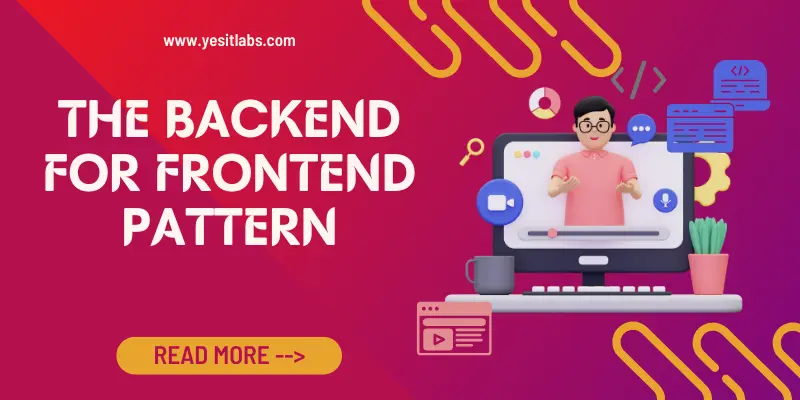
 By Admin
By Admin Enhancing User Experiences: The Backend for Frontend Pattern Explained
Introduction
In the fast-paced world of web development, creating seamless user experiences is paramount. As applications become more complex, the traditional monolithic approach to building backends can lead to tangled codebases and hinder the efficiency of frontend development. Enter the “Backend for Frontend” (BFF) pattern, a revolutionary architectural approach that bridges the gap between the frontend and backend, allowing for streamlined, tailored API designs to enhance user experiences. In this blog post, we’ll delve into the concept of the Backend for Frontend pattern, its advantages, implementation guidelines, and real-world examples.
What is the Backend for Frontend Pattern?
The Backend for Frontend pattern, also known as “BFF” or “BFF Pattern,” is an architectural design principle that proposes the creation of specialized backend services for specific frontend clients. Instead of having a monolithic backend that serves all clients, the BFF pattern involves developing multiple backend services, each catering to the unique needs of a particular frontend application or client type. These BFFs act as intermediaries, abstracting the complexities of the backend systems, and providing a more tailored API that aligns perfectly with the frontend’s requirements.
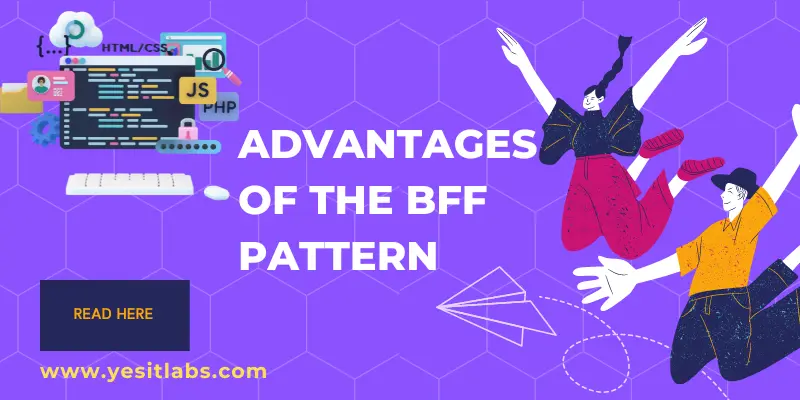 Advantages of the BFF Pattern
Advantages of the BFF Pattern
- Tailored APIs: With the BFF pattern, frontend developers can work closely with backend developers to design APIs that precisely match the frontend’s needs. This allows for faster development cycles and improved performance.
- Simplified Backend Logic: By creating dedicated backend services for each frontend client, the overall backend logic becomes more straightforward, modular, and easier to maintain. This promotes better scalability and extensibility.
- Enhanced Performance: The BFF pattern enables frontend developers to fetch only the data they require, reducing over-fetching and under-fetching of data, which in turn optimizes the application’s performance.
- Independent Evolution: Since each frontend client has its dedicated BFF service, updates and changes to one frontend will not adversely impact other clients. This independence allows for seamless evolution and avoids versioning complexities.
- Improved Security: By encapsulating the backend logic specific to each frontend, the BFF pattern helps in creating better security boundaries and reducing the risk of unauthorized access to sensitive data.
Implementing the BFF Pattern
- Identify Frontend Requirements: Understand the diverse needs of your frontend applications. Identify areas where a specialized backend service can enhance performance and user experience.
- Separate Concerns: Decouple frontend and backend concerns to promote independent development and ensure maintainability.
- Design Tailored APIs: Collaborate closely with frontend developers to design APIs that meet their specific requirements. Avoid exposing unnecessary data and endpoints.
- Microservices or Monolith: Decide whether to implement the BFF pattern with a microservices architecture or as a part of a monolithic backend. Both approaches have their pros and cons, and the decision should align with the project’s scale and complexity.
Real-World Examples
- Netflix: Netflix uses the BFF pattern to manage their vast array of devices and platforms. Each client (web, mobile, smart TV) has its BFF service, enabling a seamless and optimized user experience for every platform.
- SoundCloud: SoundCloud’s backend follows the BFF pattern to serve different frontend clients, tailoring responses according to their needs. This approach allows them to maintain a high level of performance and customization.
Conclusion:
If you are in search of the best web development company, consider contacting YES IT Labs. The Backend for Frontend pattern has revolutionized modern web development, enabling developers to create tailored APIs and deliver seamless user experiences. By adopting this approach, teams can simplify backend logic, improve performance, and achieve greater independence between frontend and backend development. As the digital landscape becomes more diverse and complex, the BFF pattern remains a powerful solution to elevate the architecture and development of web applications.
Tags: Backend for Frontend PatternLatest Resources
Transforming Your Shopify Store with Node.js App Development
April 30, 2024
Xamarin Trailblazers: Pioneering the Future of Mobile Apps
April 29, 2024
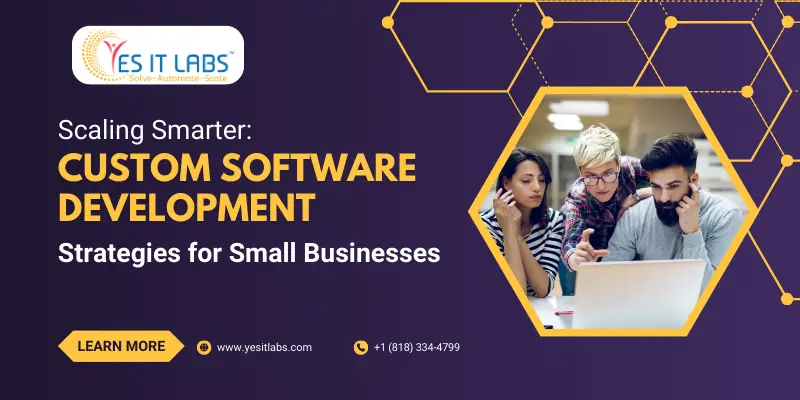


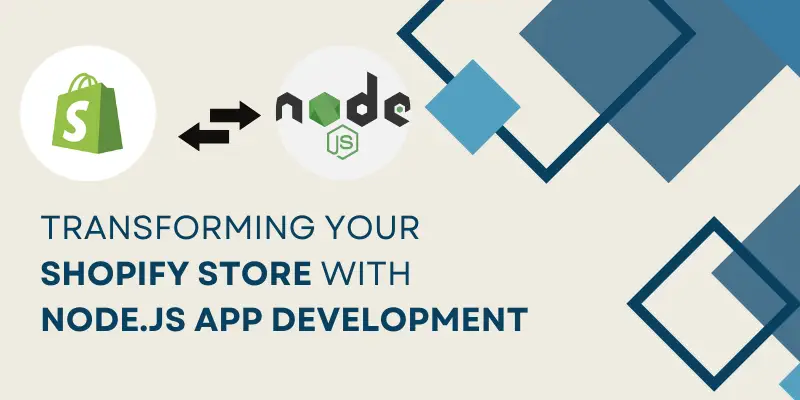
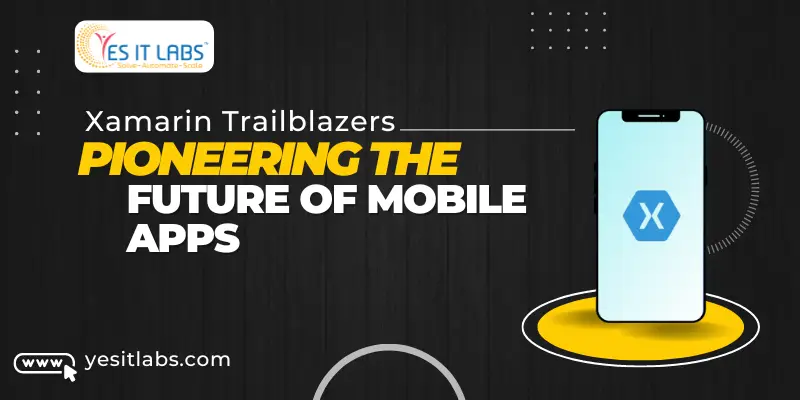

















 Services
Services


